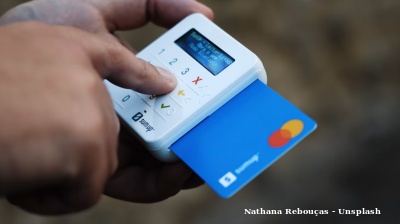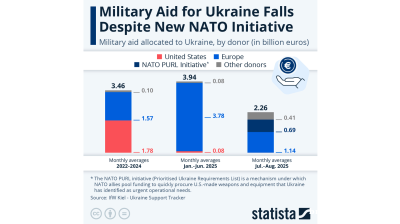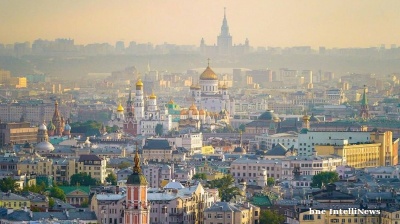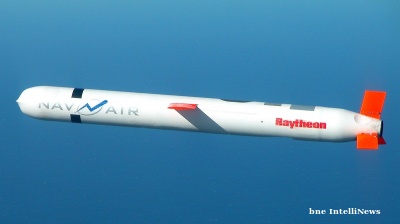Russia’s private sector output contracted in July at the fastest pace since October 2022, with both manufacturing and services activity declining, according to new survey data from S&P Global. (chart)
The seasonally adjusted Russia Composite PMI Output Index fell to 47.8 in July from 48.5 in June, signalling a “modest contraction in private sector business activity”, S&P Global said on August 5. The downturn was driven by sharper falls in manufacturing and services, alongside the steepest drop in new orders since December 2022.
The Russia Services PMI Business Activity Index dropped to 48.6 from 49.2 in June, marking the fastest contraction since June 2024. “Lower activity was widely linked to a reduction in new order intakes and weak client demand,” S&P Global reported. The fall in new sales — the quickest since January 2023 — ended a year-long period of growth.
The Manufacturing PMI Index dropped saw a similar drop in July to 47 from 47.5 in June, marking the fastest contraction in three years as the Russian economy is now rapidly cooling, as a result of the regulator’s plan to bring down sky high inflation using non-monetary policy methods.
And it's working: inflation is falling faster than expected, dropping from a sticky 10% at the end of last year to 9% as of the end of July, according to Rosstat. However, the speed and the depth of the slowdown have sparked a debate as to if Russia is facing a recession or if itis merely cooling and will recover. As a result of the falling inflation, CBR governor Elvia Nabiullina has already managed to cut rates by 300bp in the last two months and hopes to be able to make another 300bp before the end of the year which should boost growth. The race is now on between the growing economic problems and the rate of rate cuts that could bolster growth.
Cost pressures in the services sector picked up pace in July, with S&P Global noting that “higher input prices were often attributed to greater utility, supplier and staffing costs.” Inflation remained historically muted said the panellists, with the services’ July figure the second-slowest in five years. Selling prices also rose, but “challenging demand conditions limited firms’ pricing power.”
While manufacturing employment continued to fall, the services sector recorded its fastest rate of job creation since February, driven by “anticipated future growth in new sales.” Overall private sector employment edged higher.
Backlogs of work rose only fractionally, with the rate of accumulation the second-slowest since October 2023, as weaker demand eased capacity pressures.
Business sentiment improved, with S&P Global stating that “the degree of confidence [was] the highest for three months” in the services sector, fuelled by expectations of more stable economic and financial conditions.
Despite this cautious optimism, the survey highlighted that the contraction in output was “the sharpest since October 2022”, suggesting Russia’s private sector is entering the second half of the year under increasing strain from declining orders and subdued client demand.
Data

India’s retail payment revolution
India’s payments landscape has reached a pivotal stage, with digital transactions now accounting for 99.8% of all retail payments.

Military aid for Ukraine falls despite new Nato PURL initiative – Statista
The Kiel Institute for the World Economy found that military aid to Ukraine dropped sharply in July and August compared to previous months, despite the implementation of the Nato PURL initiative.

IMF cuts Russia’s 2025 growth forecast to 0.6%, leaves Ukraine's unchanged at 2%
The International Monetary Fund has lowered its forecast for Russia’s economic growth in 2025 to just 0.6%, marking the second-steepest downgrade among major economies, even as it raised its global outlook.

Russia's PMI indices plummet as economy cools
Russia’s private sector entered deeper contraction in September, as both services and manufacturing activity declined, according to the latest PMI data published by S&P Global.



